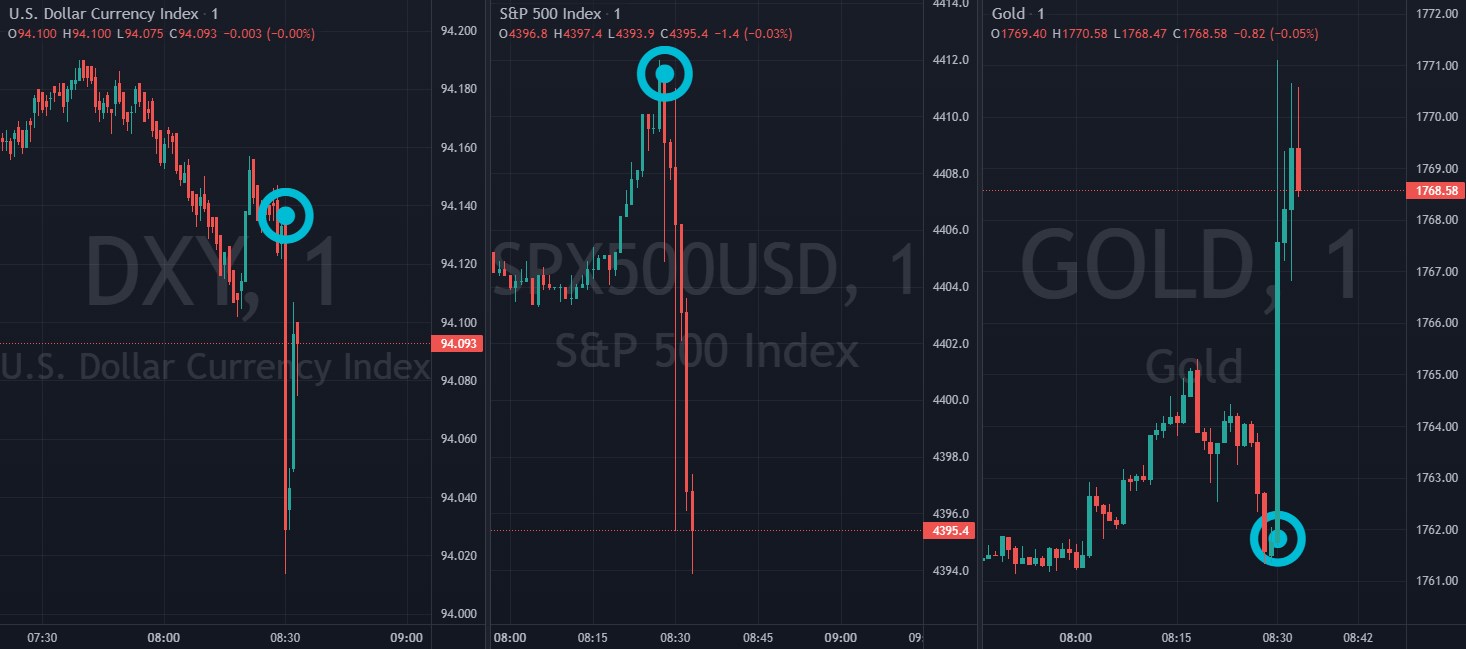JPM’s View
NFP: 450k
Unemployment Rate: 4.6%
This week’s October employment report should see substantial hiring in the energy, construction, manufacturing and transportation sectors. Confidence should also improve as pandemic effects wane and employment and wages rise in the months ahead.
Wells Fargo’s View:
NFP Forecast: 390k
Unemployment Forecast: 4.7%
Seasonal adjustment effects should be less strong in October, and while the factors discouraging employees from looking for job have not gone away, many have mellowed in the last month. With supplementary unemployment benefits ending for a full month by the survey week and the payoff of returning to work rising despite solid wage gains, we anticipate a 390K increase in hiring in October.
The unemployment rate has tumbled 1.1 points over the past three months, but with some improvement in the labor force, we expect a more modest decline in October and for the unemployment rate to edge down to 4.7%. But with the NFIB reporting more businesses planning to raise wages than at any point in the series' 37-year history, we believe the run of strong wage gains is not over yet, and look for average hourly earnings to rise 0.4%.
TD Securities Estimate:
NFP: 550k
Last Months Report:
Total nonfarm payroll employment rose by 194,000 in September, and the unemployment rate fell by 0.4 percentage points to 4.8%, the U.S. Bureau of Labor Statistics reported today. Notable job gains occurred in leisure and hospitality, in professional and business services, in retail trade, and in transportation and warehousing. Employment in public education declined over the month.
The unemployment rate fell by 0.4% points to 4.8% in September. The number of unemployed persons fell by 710,000 to 7.7 million. Both measures are down considerably from their highs at the end of the February-April 2020 recession. However, they remain above their levels prior to the coronavirus (COVID-19) pandemic (3.5% and 5.7 million, respectively, in February 2020).
What is it?
Nonfarm Payrolls is the measure of the number of workers in the U.S. excluding farm workers and workers in a handful of other job classifications. This is measured by the Bureau of Labor Statistics (BLS), which surveys private and government entities throughout the U.S. about their payrolls. The BLS reports the Nonfarm Payroll numbers to the public on a monthly basis through the closely followed “Employment Situation” report.
Why is it important?
The NFP report is a key economic indicator for the United States. It is intended to represent the total number of paid workers in the U.S. minus farm employees, government employees, private household employees, and employees of nonprofit organizations.
What are the fundamental effects?
Wages and salaries from employment make up the main source of household income. The more workers there are, the more they buy and propel the economy forward. If fewer people are working, spending drops off and businesses suffer. Both the Federal Reserve and the markets pay close attention.
How does it affect markets?
CURRENCY - A strong report may drive interest rates higher, making the Dollar more attractive to foreign investors.
STOCKS - For stocks little or no growth in employment is generally bad for stocks. Weak sales shrink corporate income and earnings.
BONDS - A series of weak employment reports reflects a more sluggish economy, which may be bullish for bond prices and interest rates may head lower.
Previous Market Reaction
